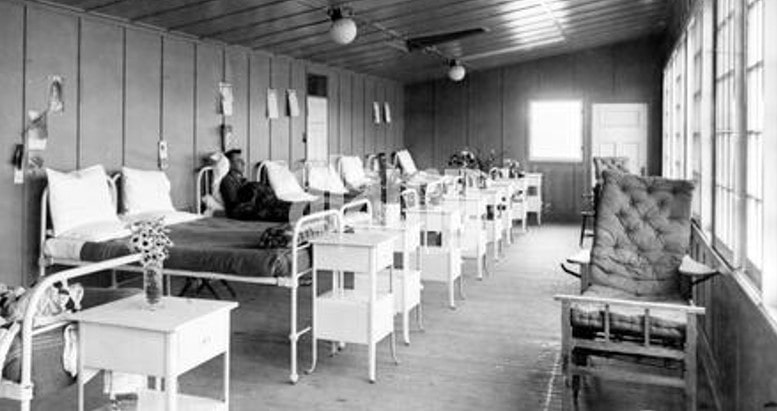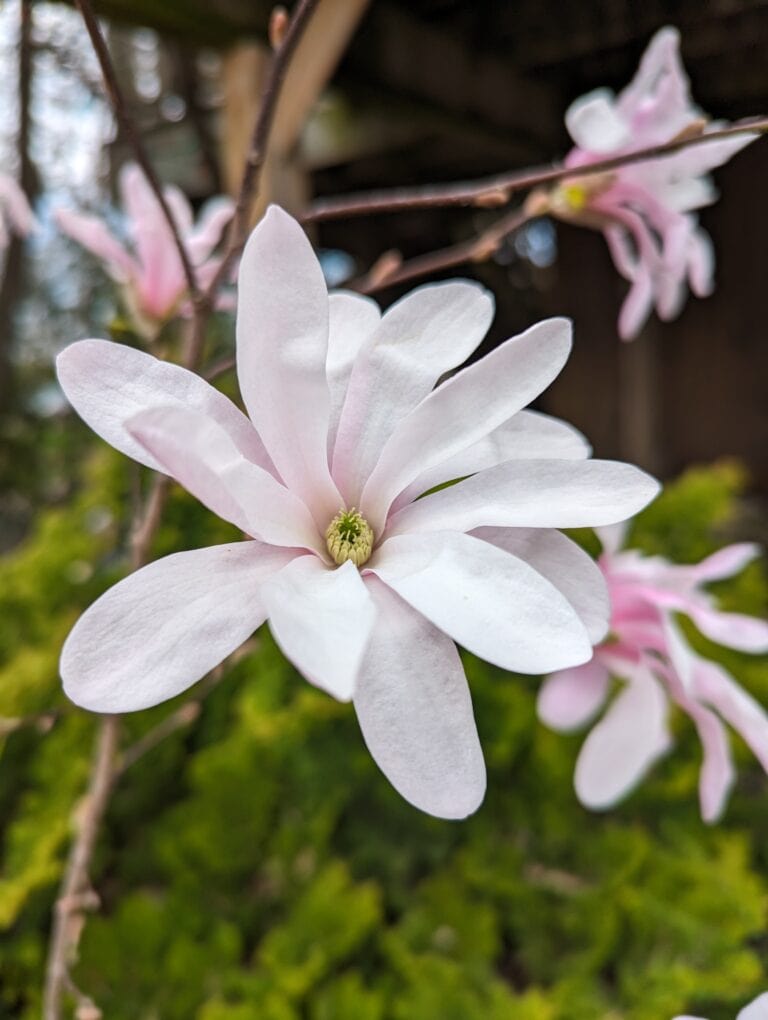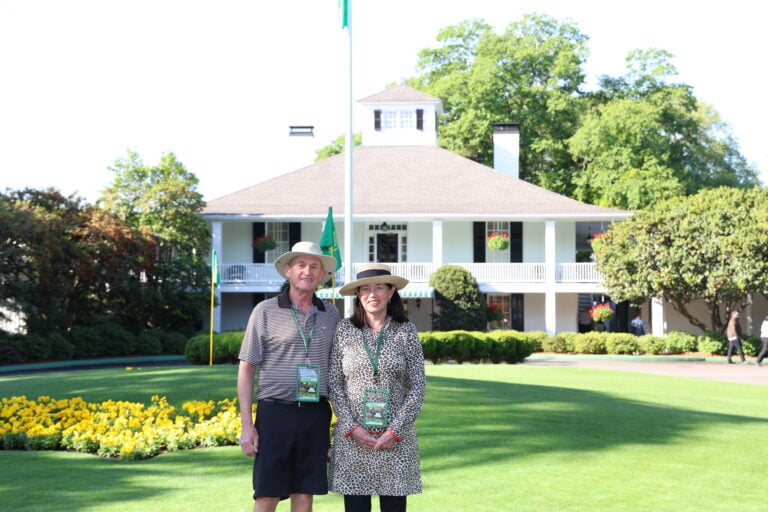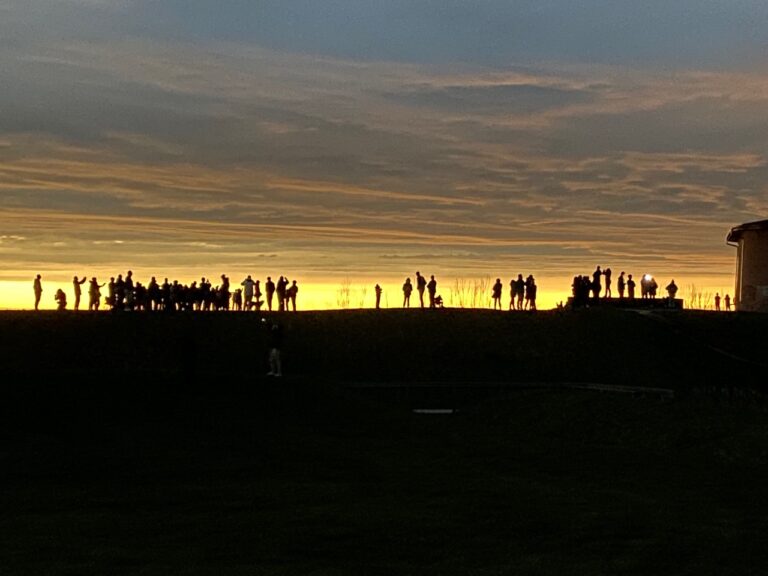It’s been a century since Niagara-on-the-Lake’s iconic clock tower cenotaph was erected. Then, in 1926, the Township of Niagara unveiled its own memorial in Queenston. In recognition of those who fought and died in two world wars and beyond, NOTL historian Ron Dale has been researching the stories of the people – all men – whose names are engraved on the two cenotaphs. This is one in a series of stories documenting and remembering the sacrifices of those commemorated on the municipal memorial in Queenston.
In the St. Davids-Queenston United Church Cemetery on York Road there is a tombstone that reminds us that not all casualties of the First World War were due to enemy action.
It marks the final resting place of Sgt. John Mackay who died on Oct. 31, 1917.
Mackay was born in Ross-shire, Scotland on Dec. 15, 1889, son of William Mackay and Mary Ann Grant. The Mackays emigrated from Scotland, settling in St. Davids with their eight children.
In 1912, at the age of 22, John became a student at McGill University, studying theology. He became interested in military service, joining the McGill Provisional Battalion as a part time militiaman.
in 1905, McGill was the first university in North America to form an officers’ training corps. The program was expanded prior to the declaration of the First World War in August 1914 and Mackay volunteered while completing his studies.
He was still a student when he enlisted in the Grenadier Guards, the 87th Battalion Canadian Expeditionary Force, for overseas service. His rise in the ranks was rapid.
He enlisted on Oct. 4, 1915, and three weeks later was promoted to Acting Corporal. On Nov. 15 he was promoted to sergeant.
From March to August 1916, he was sick with typhoid fever. Following his recovery in Canada, Mackay was shipped to England, arriving on Oct. 17, 1916.
The Grenadier Guards battalion was already serving in combat in France. Mackay was sent to France to join them on Feb. 3, 1917. He never got to the war zone.
He spent three weeks living in a tent at Le Havre and then was reported sick on March 5 and sent to Number 20 General Hospital in France.
He was immediately shipped back to England to be admitted to Bormondsey Hospital in London. From there he was transferred to the Ontario Military Hospital in Oprington, Kent, where he was diagnosed with tuberculosis and declared unfit for military service.
On July 21, 1917, Mackay was discharged to Canada. From Halifax he was sent by train to Kingston and admitted to the Sir Oliver Mowat Memorial Sanitorium, dedicated to the treatment of soldiers with tuberculosis.
From Kingston he was sent to the Queen Victoria Hospital in London, Ont. There his war ended.
John Mackay died on Oct. 31, 1917, and his body was sent home to St. Davids to be interred in the Presbyterian Cemetery.
Mackay was not the only St. Davids soldier slain by tuberculosis.
Arthur McLeod was a tanner from St. Davids when he enlisted in the 176th Battalion, the Niagara Rangers, on Feb. 23, 1916, at the age of 20. He was the son of Kenneth McLeod who worked in the Queenston Quarry, and Emily Hornsby.
After training in Canada, McLeod boarded the S.S. Olympia in Halifax, disembarking in Liverpool on May 7, 1917. A month later he was transferred to the 164th Battalion, Canadian Expeditionary Force. Finally, he was transferred again to the 38th Battalion in April 1918, joining this group in the war zone in France on May 11.
The 38th Battalion fought in August 1918 in the Battle of Amiens. During a German counterattack on Aug. 10, McLeod was captured by the enemy. He was initially reported as “missing” but confirmed as a prisoner of war on Oct. 1.
He was released after the armistice and repatriated to England in December but had contracted the Spanish flu while in captivity. He was treated at the Fulham Military Hospital and finally shipped back to Canada when he recovered.
McLeod now tried to return to a normal civilian life, working as a machinist in a factory and marrying a local woman, Gladys Doughty, on Sept. 15, 1920. Their time together was short.
The war had left him with a lingering injury. He was diagnosed with tuberculosis, determined by his doctor as being due to his war service.
McLeod was sent to the Mountain Sanitorium in Hamilton and died there Dec. 21, 1924. He was buried in Fairview Cemetery in Niagara Falls.
Sgt. John Mackay and Pte. Arthur McLeod are both commemorated on the cenotaph in Queenston.










